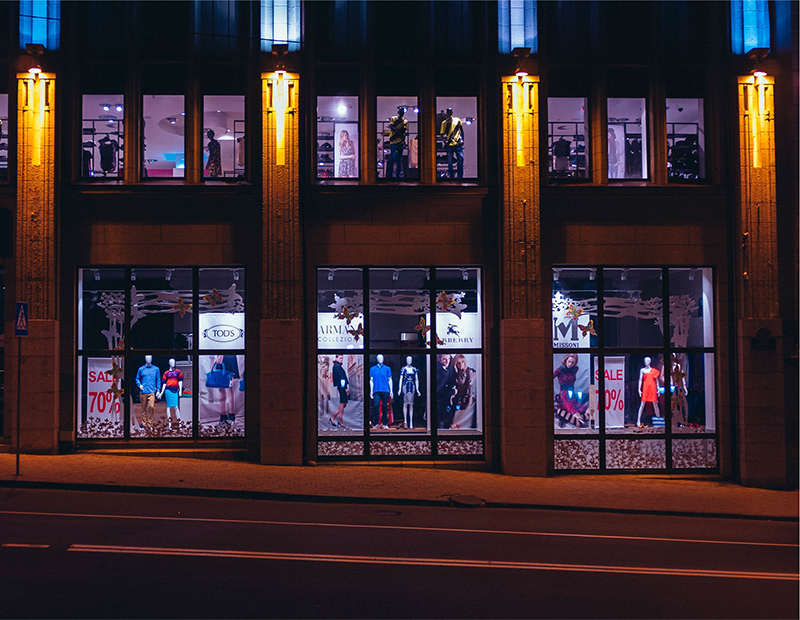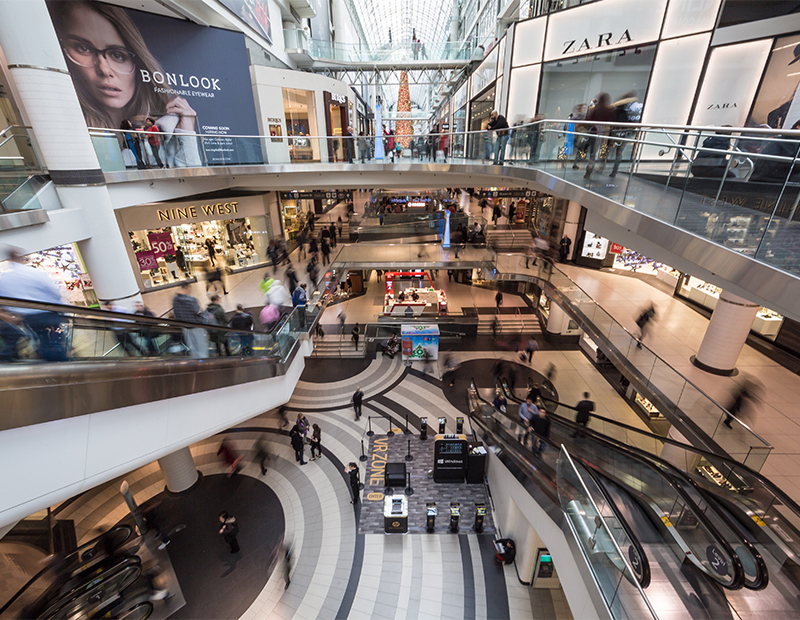Where is retail headed in 2018?
The National Real Estate Investor’s third annual retail report shows that in 2017, retail properties were at the bottom of investors’ preference lists.
By Roxana Baiceanu
 The National Real Estate Investor (NREI)’s third annual retail report shows that in 2017, retail properties were at the bottom of investors’ preference lists. Within just one year, they fell behind office and hotel assets, which leaves many to wonder what 2018 is going to bring.
The National Real Estate Investor (NREI)’s third annual retail report shows that in 2017, retail properties were at the bottom of investors’ preference lists. Within just one year, they fell behind office and hotel assets, which leaves many to wonder what 2018 is going to bring.
Specialists cast make predictions about the future of brick-and-mortar retail properties. The Fung Global Retail & Technology Weekly Tracker reported that 5,321 stores closed in June, up from 3,396 closings registered in mid-April. The numbers contribute to the general perception that it’s not a good time to buy. Forty-one percent of the NREI 400+ survey respondents—many top-level professionals—predicted that 2018 will be the year when more investors put real estate acquisitions on hold, while 37 percent believe it will be the best time to sell retail property. But there is also a silver lining: NREI survey takers perceive new development as being in the “right amount.”
Below are a few directions that industry players identified as characteristic for the retail landscape in 2018:
More lease flexibility
The most vulnerable retail properties are, according to survey takers, those whose anchor tenants are in slow decline but cannot exit their long-term lease. In this case, a respondent suggested that “[agreements] for retail space should offer discounts for a 24-month lease as opposed to month-to-month.” In addition, they should “include special provisions that the (tenant) can exit without penalties if the business is not meeting their profit margin.” As a conclusion, the same respondent suggested that landlords should “be prepared to lose in the beginning and gain [in] the long run.”
Rising cap rates
Almost 60 percent of the survey takers anticipated that 2018 will be the year when cap rates in regional markets, as well as nationally, will rise. This marks an important change in perception compared to the previous two years, when more than half of respondents said that cap rates will remain flat or will decrease. Grocery-anchored and community shopping centers as well as recently upgraded destination malls are expected to generate the highest yields. At the same time, single-tenant net-leased properties will continue to be seen as a safe investment.
Less debt and equity capital
Although the majority of respondents (approximately 40 percent) believe that loan availability will remain unchanged in 2018, an almost equal percent answered that they expect debt and equity capital to become more difficult to obtain. The so-called risk premiums, the spread between the 10-year Treasury rates and retail cap rates are expected to increase.
Decreasing occupancy
Occupancy will remain one of the core aspects of the retail sector and one of the most volatile at the same time in 2018. To counteract the expected decrease in occupancy rates, landlords are advised to put more effort into creating a successful retail tenant mix and upgrading their properties in order to foster a sense of community.
How are tenants adjusting?
According to the latest Alliance Data retail report, repurposing environments and adding technology to make the store experience more significant to customers are becoming key for the future of retail businesses. Going to an actual store to try a product continues to be important for 75 percent of buyers. However, customers tend to find the entire experience to be more worthwhile if it transforms into something that goes beyond a regular product acquisition. The more spectacular and stimulating, the better.
Other trends which are expected to shape the retail activity in 2018 are:
- closing strategic partnerships with other brands in order to bring more benefits to customers and create unique value;
- anticipate customer needs and deliver personalized messaging, offers and experiences;
- offer curated collections and services (especially for apparel and shoes niches);
- offering self-service product discovery tools and augmented reality experiences.
“The future of shopping is promising for retailers who focus on the customer by harnessing both data-driven insights and the latest innovations that customers will value and engage with the most,” said Shannon Andrick, vice president with Alliance Data, in a prepared statement.









You must be logged in to post a comment.